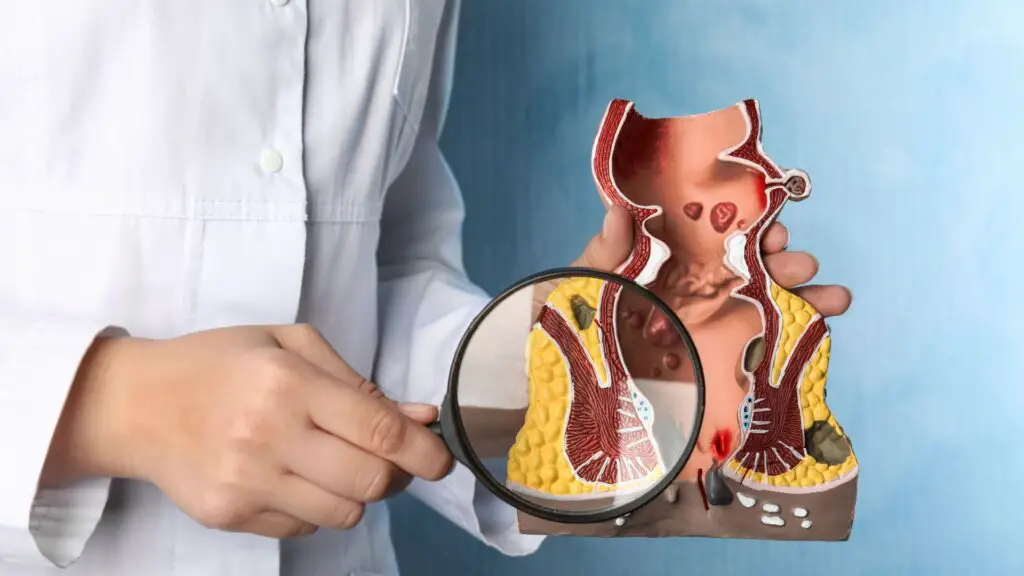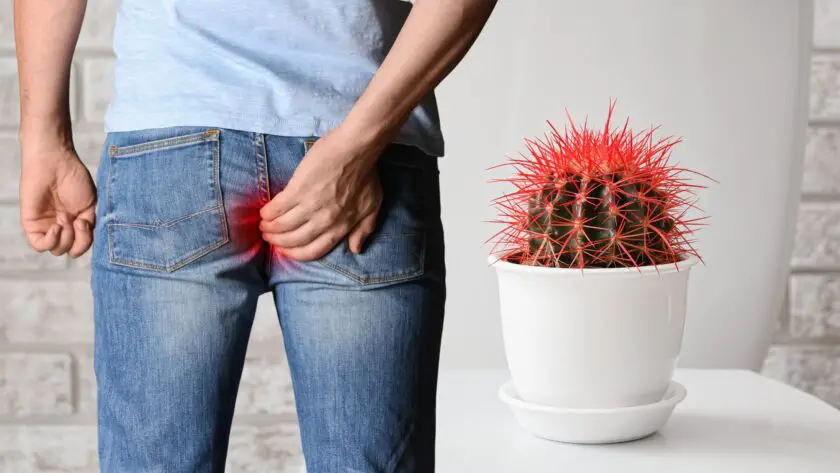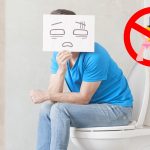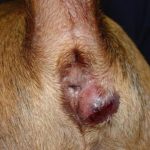Hemorrhoids rupture: what should we do to prevent complications? External hemorrhoids grow near the anus and to the touch appear as a hard but at the same time very sensitive lump. Hemorrhoidal cushions leaking from the anal canal appear brown in color and can cause irritation, itching, swelling and burning.
Why can hemorrhoids rupture and bleed?
Let’s make a brief introduction. Hemorrhoids are anatomical structures normally present in the anal canal: they perform the important function of stool continence, and favor the physiological evacuation. When we complain of ” having hemorrhoids “, we commonly refer to the hemorrhoidal disease or pathology.
It is a condition in which the hemorrhoids are inflamed and often symptomatic : pain / burning, itching, a sense of heaviness in the anal can appear.
Why can all this happen? In everyday life it is possible to identify some predisposing conditions, such as:
- Constipation _ Difficult evacuation can cause irritation of the delicate anorectal area, with possible swelling, inflammation of the hemorrhoids and possible bleeding.
- Pregnancy . The progressive increase in estrogen, and in particular progesterone, can be the basis of a general connective relaxation. In addition, the increased volume of the uterus compresses the blood vessels in the pelvic floor, slowing down venous return.
- Sedentary lifestyle . It can cause increased pressure on the hemorrhoidal veins, resulting in dilation and inflammation.
- Some sporting practices or intense efforts can cause repeated trauma to the haemorrhoidal plexus, with the possibility of developing the disorder.
Often there can be blood loss from external hemorrhoids in the event of a rupture. Internal hemorrhoids can also cause this problem. This happens due to the rubbing and pressure that the superficial capillary veins have to withstand, especially during evacuation. Bleeding usually appears bright red and appears at the end of defecation.
In particular, the bleeding is due to the rupture of the haemorrhoidal blood vessels . We remember, in fact, that the haemorrhoidal cushions or gavoccioli are vascularized, that is crossed by numerous blood vessels, capillaries, arteries and especially veins: when the haemorrhoids become inflamed, they can rupture at the moment of evacuation and a few drops of blood may leak.
Do not worry, because it is not a hemorrhage, but some blood trace of a bright red color.Hemorrhoids: Find out the degree of pathologyKnowing the hemorrhoidal pathology is the first step to live it serenely. With a few simple interactive questions and a few clicks, you can begin to understand the severity of the disorder and how to treat it.

We use localized treatment to act promptly on symptoms
Are we suffering from hemorrhoidal disease ? If we notice bright red blood traces on toilet paper, especially after every evacuation, do not be alarmed. We contact a specialist doctor as soon as possible for a therapy in line with our clinical picture. We can then treat the rupture of protruded hemorrhoids with a series of precautions.
First of all, it is possible to act promptly on the symptoms, with a treatment for local use. On the advice of your doctor or pharmacist, you can choose a line of products for each stage of the haemorrhoidal disorder , according to your needs.
For example, we can use a self-medication drug for hemorrhoids in cream , to reduce inflammation, pain and swelling, useful in the acute phase. In addition, there is the possibility of using a gel for hemorrhoids without medicines with an emollient and protective formulation, to reduce the annoying symptoms of hemorrhoidal disease and promote tissue repair processes, and also useful as maintenance and prevention.

Ruptured hemorrhoids? We regulate intestinal transit
Since pain and bleeding occur above all during defecation, the first, important step to stem the problem will be to regularize the alvus, that is, to maintain a good intestinal balance . If our stools are hard and we are prone to constipation , it will be very important to try to reduce the effort during the bowel movement by keeping the stool soft.
How? Following a diet rich in fiber, fruit and vegetables . Not only. It will be necessary to guarantee a high water intake to our body by drinking about 1.5 – 2 liters of water per day. The water will help soften the fecal material making it easier to expel it, reducing pain and minimizing bleeding.
We try to avoid the intake of some foods that could promote the onset of the disorder:
- Foods with an irritating action , which can cause inflammation, vasodilation and possible appearance of the disorder: no to some spicy spices, chocolate, coffee, salted sausages, alcohol and spirits.
- Foods with astringent action : tea, lemon, potatoes, unripe bananas could worsen a haemorrhoidal disorder caused by constipation and difficult bowel movements.
Furthermore, it is advisable to practice regular and moderate physical exercise , since motor activity helps keep the intestine active, as well as promoting blood circulation.
Taking care of your intimate hygiene is essential, especially in case of hemorrhoids rupture and bleeding, to prevent the proliferation of bacteria from causing infections. We therefore practice washing with warm water and bicarbonate, and dry the anal area by dabbing with a cotton cloth.
As for the choice of intimate cleanser, we prefer a delicate product , to be diluted in warm water. The preferred detergent must respect the physiological skin pH and be hypoallergenic, without aggressive foaming agents, dyes and fragrances, possible allergens.
The action of lukewarm water can favor the improvement of the local situation. Instead, remember not to use cold water or ice, because the relief will only be temporary. In fact, low temperatures, in contact with the delicate anorectal area, can cause an increase in the tone of the sphincter , favoring vasoconstriction , ie the narrowing of blood vessels .
In this situation, the veins decrease in diameter, contracting; local blood pressure increases significantly, aggravating congestion of the haemorrhoidal plexus and worsening any painful symptoms.






